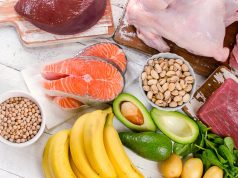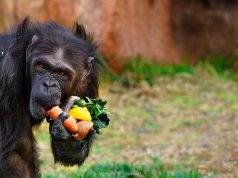Embarking on a vegetarian journey can be a rewarding experience, offering numerous health benefits and a deeper connection to the food we consume. However, one common concern that arises is ensuring an adequate intake of complete proteins—those that contain all nine essential amino acids our bodies cannot produce on their own. As you navigate this vibrant lifestyle, it’s important to understand how to meet your nutritional needs without compromising your dietary choices. In this guide, we’ll explore practical and delicious ways to incorporate complete proteins into your vegetarian diet, helping you to thrive while respecting your commitment to plant-based living. Whether you’re a seasoned vegetarian or just starting out, we’re here to support you every step of the way, offering insights and tips to nourish your body and satisfy your taste buds.
Understanding Complete Proteins and Their Importance for Vegetarians
For vegetarians, understanding and incorporating complete proteins into their diet is crucial for maintaining overall health and well-being. Complete proteins contain all nine essential amino acids that the body cannot produce on its own. While animal products naturally contain complete proteins, vegetarians need to be more mindful of their protein sources. Fortunately, there are numerous plant-based options available that can help meet these nutritional needs.
- Quinoa: A versatile grain that is one of the few plant-based foods considered a complete protein. Use it as a base for salads, bowls, or even as a breakfast porridge.
- Chia Seeds: These tiny seeds pack a powerful protein punch and can be added to smoothies, yogurt, or used to make a chia pudding.
- Hemp Seeds: With a nutty flavor, hemp seeds can be sprinkled on top of salads, blended into smoothies, or incorporated into homemade energy bars.
- Soy Products: Foods like tofu, tempeh, and edamame are not only rich in protein but also adaptable to various cuisines and cooking styles.
| Food Item | Protein Content (per 100g) | Amino Acids |
|---|---|---|
| Quinoa | 4.4g | Complete |
| Chia Seeds | 16.5g | Complete |
| Tofu | 8g | Complete |
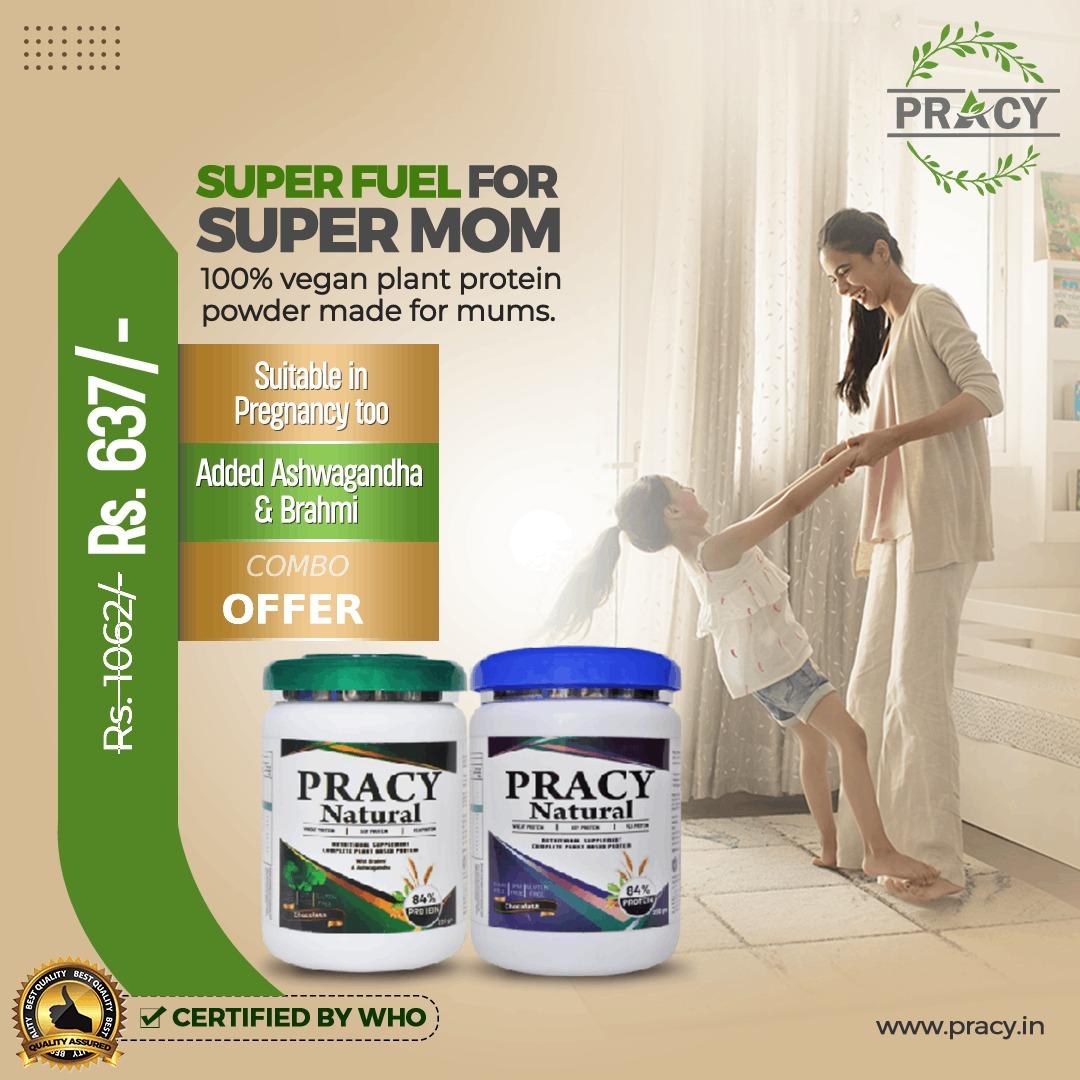
Exploring Plant-Based Sources of Complete Proteins for a Balanced Diet
Adopting a vegetarian lifestyle doesn’t mean you have to miss out on the benefits of complete proteins. These proteins contain all nine essential amino acids, crucial for muscle repair, immune function, and overall health. Luckily, there are several plant-based sources that can help you meet your protein needs. Here are some delicious options to consider:
- Quinoa: Often called a “superfood,” quinoa is a versatile grain that can be used in salads, soups, or as a side dish.
- Chia Seeds: Perfect for adding to smoothies or oatmeal, these tiny seeds are not only high in protein but also rich in omega-3 fatty acids.
- Amaranth: A less common but highly nutritious grain, amaranth can be cooked like rice or used as a base for porridge.
- Hemp Seeds: With a nutty flavor, hemp seeds are great for sprinkling on salads or blending into dressings and sauces.
- Buckwheat: Despite its name, buckwheat is gluten-free and can be used in pancakes or as a base for hearty stews.
| Food | Protein Content (per 100g) | Preparation Ideas |
|---|---|---|
| Quinoa | 4.4g | Salads, Side Dishes |
| Chia Seeds | 16.5g | Smoothies, Oatmeal |
| Amaranth | 9.3g | Porridge, Rice Substitute |
| Hemp Seeds | 31.6g | Salads, Dressings |
| Buckwheat | 13.3g | Pancakes, Stews |
Combining these foods throughout your week can help ensure you’re getting all the amino acids your body needs. Plus, experimenting with these ingredients can add new flavors and textures to your meals, making your vegetarian diet not just nutritious but also exciting and varied.
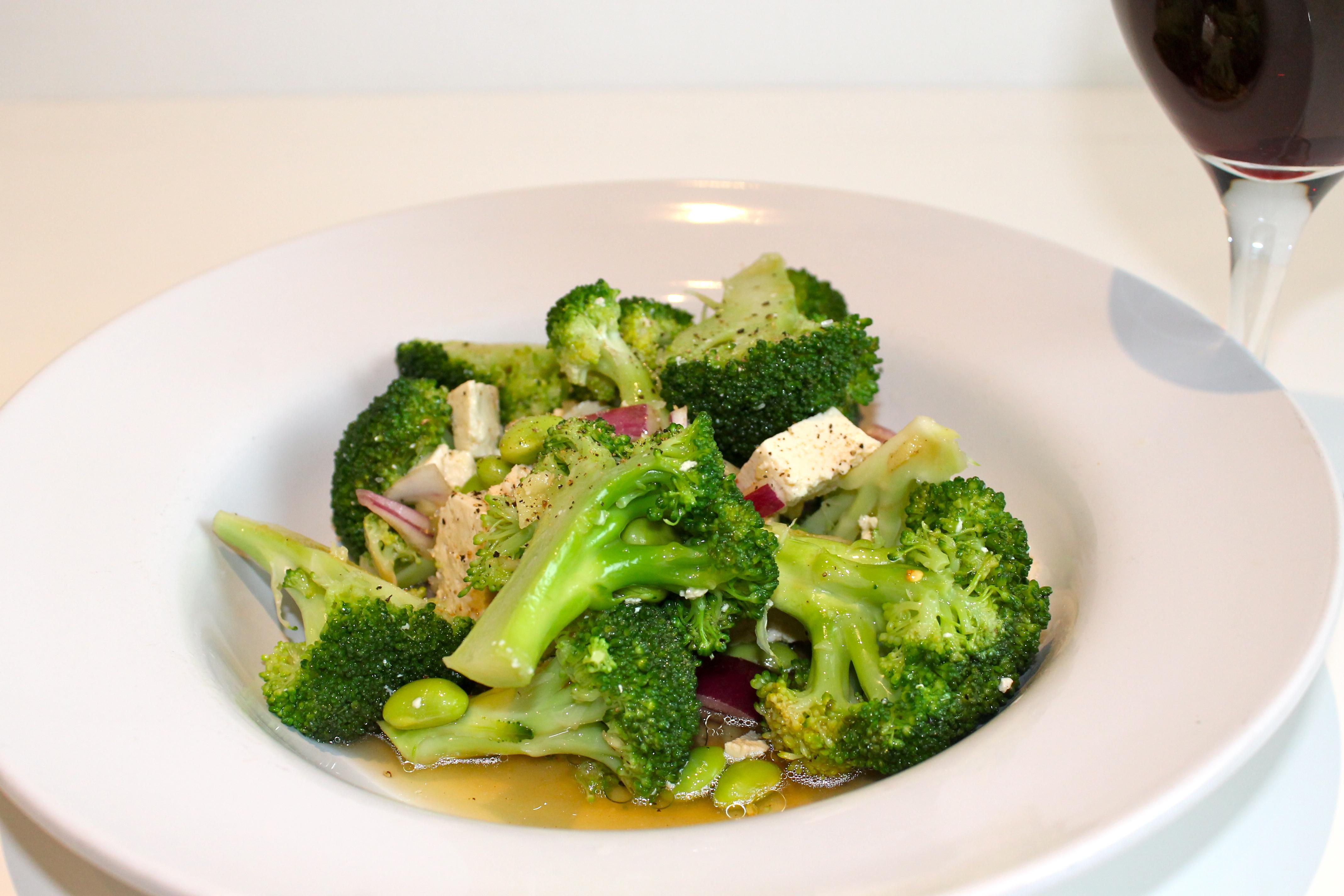
Practical Tips for Combining Foods to Achieve Complete Protein Intake
Combining foods to ensure you’re getting all essential amino acids is easier than it sounds. As a vegetarian, you can effortlessly create a balanced protein intake with a little creativity and understanding of food pairings. Here are some practical tips to help you on your journey:
- Pair Grains and Legumes: Foods like rice and beans, or whole wheat bread with lentil soup, are classic combinations that provide a full spectrum of essential amino acids.
- Incorporate Nuts and Seeds: Adding a handful of almonds or chia seeds to your meals can enhance protein content. For instance, sprinkle sunflower seeds on your salads or add walnuts to your morning oatmeal.
- Dairy and Plant-Based Pairings: If you consume dairy, combining it with plant proteins can be beneficial. Think of yogurt with quinoa or cottage cheese with mixed nuts.
To visualize how these combinations work, consider the following table:
| Food Combination | Benefits |
|---|---|
| Quinoa and Black Beans | Complete protein and rich in fiber |
| Peanut Butter on Whole Grain Bread | High in healthy fats and protein |
| Hummus and Whole Wheat Pita | Boosts protein and provides complex carbs |
Remember, while it’s great to combine foods at each meal, you don’t have to stress about doing it perfectly every time. The goal is to have a variety of protein sources throughout your day to naturally balance your amino acid intake. With these strategies, achieving complete proteins in your vegetarian diet becomes a delicious adventure!
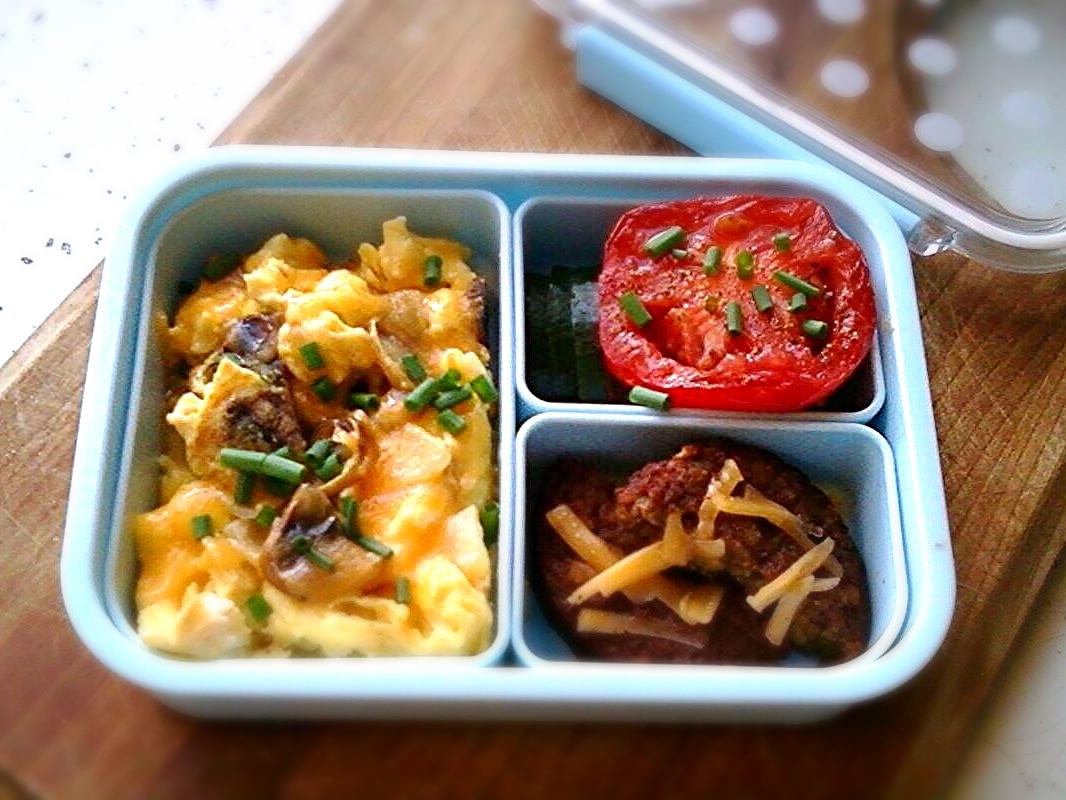
Crafting Delicious and Nutritious Meals with Complete Protein in Mind
Embracing a vegetarian lifestyle doesn’t mean compromising on protein intake. A focus on complete proteins—those containing all nine essential amino acids—can ensure that your meals are both satisfying and nutritious. Here are some ways to integrate these proteins seamlessly into your daily diet:
- Combine Foods: Pairing foods such as beans and rice or whole grain bread with peanut butter can create a complete protein profile. The synergy between these foods ensures you’re not missing out on any essential amino acids.
- Quinoa Power: Incorporate quinoa into your salads, stews, or even breakfast bowls. This versatile grain is one of the few plant-based sources that provide a complete protein on its own.
- Go Nuts with Soy: Tofu, tempeh, and edamame are excellent sources of complete protein. They can be stir-fried, grilled, or added to soups for a protein-rich meal.
Here’s a quick comparison of some popular vegetarian protein sources:
| Protein Source | Complete Protein? | Protein per 100g |
|---|---|---|
| Quinoa | Yes | 14g |
| Lentils | No | 9g |
| Tofu | Yes | 8g |
By being mindful of these combinations and sources, you can easily craft meals that not only cater to your dietary preferences but also meet your nutritional needs. Remember, the key is variety and balance!
































